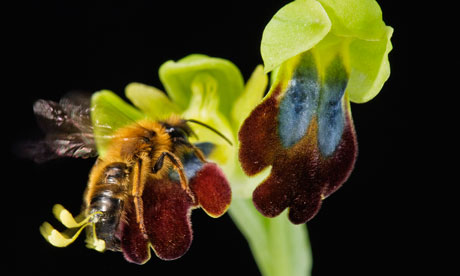 |
| Albrecht Dürer Lot Fleeing with his Daughters from Sodom (1498) |
We also see how the person writing it had difficulty holding a thought across more than a couple of paragraphs.
I have already written about the nonsensical account of God telling Abram that he was going to destroy the cities of Sodom and Gomorrah and Abram bargaining God down from fifty to ten as the number of righteous people to be found in the cities to prevent him killing everyone, innocent or guilty.
There doesn't seem to have been any such attempt to find ten righteous men though and God sets about killing everyone anyway. To accomplish this he sends two angels to the city and they end up at Lot's house, where a mob comprising all the men of the city gather outside demanding to be allowed in to bugger the angels.











